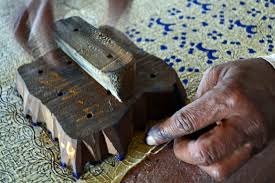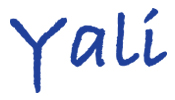Our Products
Hand-Loomed Pestemals
All of our pestemals are hand loomed by seven families in Turkey. Buying one of our towels is helping to save a dying craft. They are made by craftspeople who are artists and not by big machines in China. There are many machine made pestemals available in stores and online that look fine in photos but when you touch them, you can easily tell the difference between our organic cotton, hand loomed towels and those that were mass produced. Our patterns continue to change based on the colors of yarn and desires and skills of the craftspeople. With each year that passes, our craftspeople are discovering new ways to use their looms to produce a multitude of patterns and styles. e.g. flat weaves, loops on one side, double sided flat weaves. Here is a picture of one of the looms used to produce our beautiful soft pestemals.

The Process of Hand Weaving
There is something both physically and emotionally beautiful about hand woven fabrics. The seven families who produce all of our Turkish towels are reviving centuries old techniques and keeping them alive. By making and selling these artisan textiles, we are helping to create a sustainable life for these families in a remote part of Turkey as well as keeping these traditions alive.

The basic approach for all weaving is the same. The strong thread that runs length ways on the loom is called the warp. We only use organic cotton. The warp is attached to the loom before you start to weave. in the picture below, you can see that this pattern has many colors that make up the warp. Sometimes, the warp may consist of one color and the design is purely produced by the weft. The weft is the thread that that goes from left to right on a bobbin. In the picture below, you can see that the weft is a green color. The bobbin moves rapidly from side to side and is propelled as a result of the weaver stepping on a pedal. (Something similar to an old manual sewing machine) In between each shuttle of the bobbin each alternate warp thread moves either up or down. It is difficult to remember which thread is the warp and which is the weft, so my trick is that weft rhymes with left so the weft is the one that goes left/right.
Hand Block Printing
Hand block or woodblock printing is an art form that goes back hundreds of years. It originated in Asia and is still found in Indonesia and India today. As the name implies, it is printing using a carved piece of wood as a stamp. The wood is carved in an intricate design. You can use one wood block or several to make up a design. The fabric is laid on a large table and the woodblocks are dipped in dye and then place on the fabric. To obtain multiple colors, you need to have the multiple woodblocks whose designs make up the pattern. Each color needs to be stamped separately and the fabric allowed to dry between each color.
Each woodblock that makes up a design needs to have a marker (like a period) that allows the artist to line up the pattern. Normally, this marker is at the bottom of the woodblock. The artist will dip the woodblock in the dye and then line the woodblock up with the dot/period from the first stamp so that the second, third etc. woodblock designs line up properly with the first.

As you can imagine, it is a very laborious process. The more colors, the longer it takes to make the fabric. The more intricate the design, the more skilled the artist needs to be to line up the various stamps.
Anokhi is a famous woodblock fabric printer based in Jaipur, India. They have a large number of unique designs that they apply to the softest cotton fabrics. We are please to be able to offer Anokhi bathrobes and Anokhi women's pajamas.
